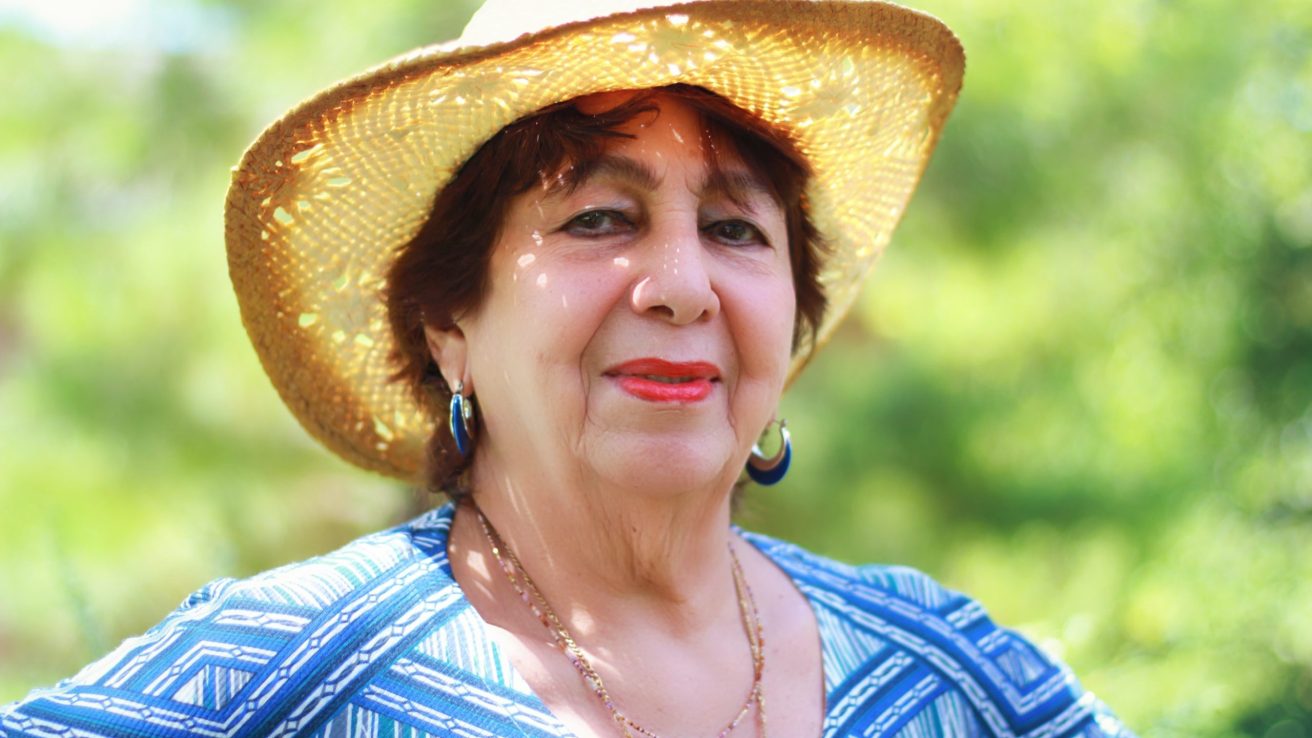Cervical cancer screening over age 65 is limited. However, this demographic continues to experience a steady cervical cancer incidence and a worse prognosis.
This study, published in Gynecologic Oncology, sought to examine cervical cancer characteristics among women older than 65, including disease, treatment, and survival data, to determine if there is a need to update current cervical cancer screening and treatment practices.
The researchers utilized the 2004 to 2013 Surveillance, Epidemiology, and End Results (SEER) Medicare data for the 2,274 study participants. The median age was 76.1 years old, and most of the participants were non-Hispanic white (65%) and diagnosed at stage II or later (63%). Five-year cancer-specific survival was estimated using the Kaplan-Meier method, and multivariable Poisson and Cox regression analyses identified features associated with treatment and mortality.
Ultimately, it was found that nearly 15% of participants did not receive treatment. Lack of treatment corresponded with age greater than 80, higher comorbidity scores, and stage IV disease. Moreover, increasing age and stage at diagnosis were strongly associated with lower cancer-specific survival, while treatment was significantly associated with increased survival.
In closing, this study’s findings support the need to re-assess cervical cancer screening and treatment practices for women older than 65. Doing so could lead to earlier disease detection and significantly improved survival outcomes for this population [1].
Source:
[1] Lichter, K. E., Levinson, K., Hammer, A., Lippitt, M. H., & Rositch, A. F. (2022). Understanding cervical cancer after the age of routine screening: characteristics of cases, treatment, and survival in the United States. Gynecologic Oncology, 165(1), 67–74. https://doi.org/10.1016/j.ygyno.2022.01.017










